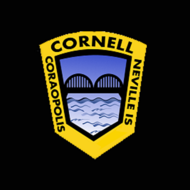
(View Complete Item Description)
Why do some organisms go extinct? What impact do humans play in the extinction of animals? What can we do about it? If something is extinct is it truly gone forever? These are some of the major questions that conservation biologists are currently asking. Extinction is when a species no longer has any living members in the wild or in captivity. Extinction can happen for a number of reasons including habitat loss, overhunting, and climate change. Mass extinction is widespread extinction across many species. Right now, we are experiencing the sixth mass extinction event on Earth and it has been primarily caused human activity. Conservation biologists have been hard at work coming up with solutions to prevent extinction of organisms at risk, however, extinction still occurs. But does it have to be permanent? This module walks students through the major processes that cause extinction, what strategies conservation has used so far to prevent extinction, what de-extinction is, and what consequences de-extinction may have through the use of videos, research, and a class debate.
Material Type:
Activity/Lab,
Lesson,
Lesson Plan,
Teaching/Learning Strategy
Authors:
Camila Vinson,
Esther Yang




















